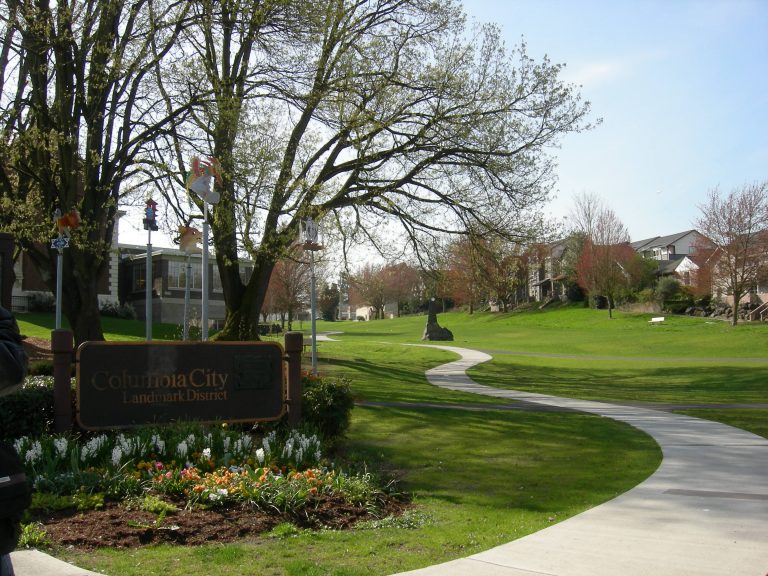Published on October 31, 2018

Researchers from the University of Washington School of Public Health watched 225 Seattle residents during their visits to public parks – through GPS devices, activity trackers and travel diaries – and found that they were active for longer at parks that had a greater variety of recreational facilities.
The study, published online Sept. 19 in the Journal of Urban Health, suggests that adding facilities to existing parks could be a cost-effective approach to increase bouts of physical activity that occur there.
“In parks that were otherwise similar, people were active for about 7 percent longer for every additional different type of facility,” said Orion Stewart, who led the study as a doctoral student in the Department of Epidemiology at the UW School of Public Health. “This translates into about 1 minute and 20 seconds more of physical activity per park visit. It doesn’t sound like much, but if you multiply that by the hundreds of people that might be active in a park in a day, then it really starts to add up.”
Stewart also worked as a research scientist at the UW’s Urban Form Lab at the time. He is now a program evaluator for the health system at the University of California, Davis.
This study is a cross-sectional analysis of data from the Travel Assessment and Community project, a longitudinal study of travel and activity related to the implementation of a public transit light rail system in King County, Washington.
Continue reading at UW School of Public Health
Originally posted on UW School of Public Health